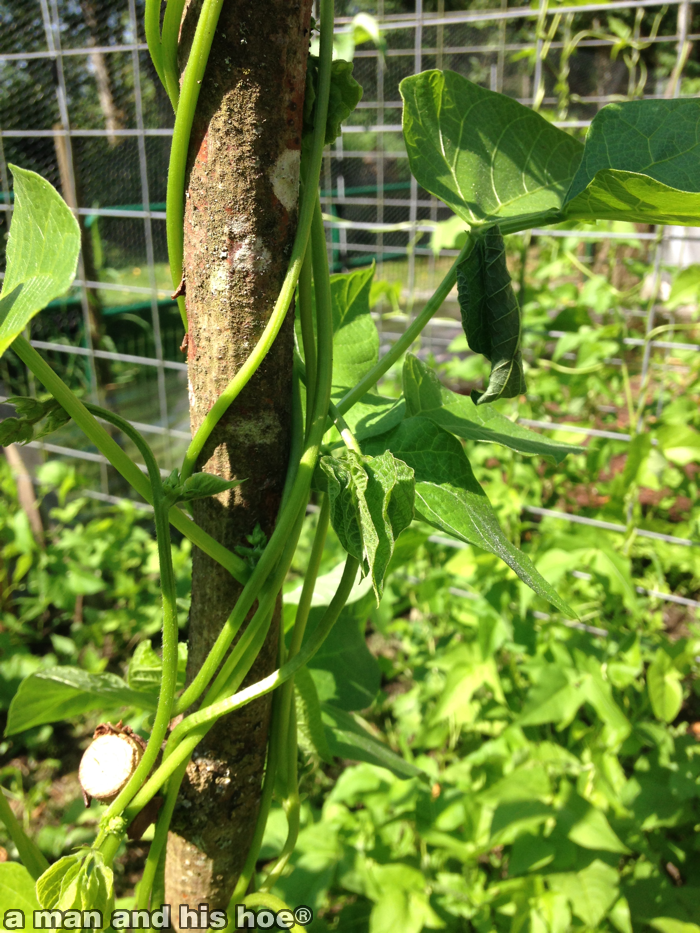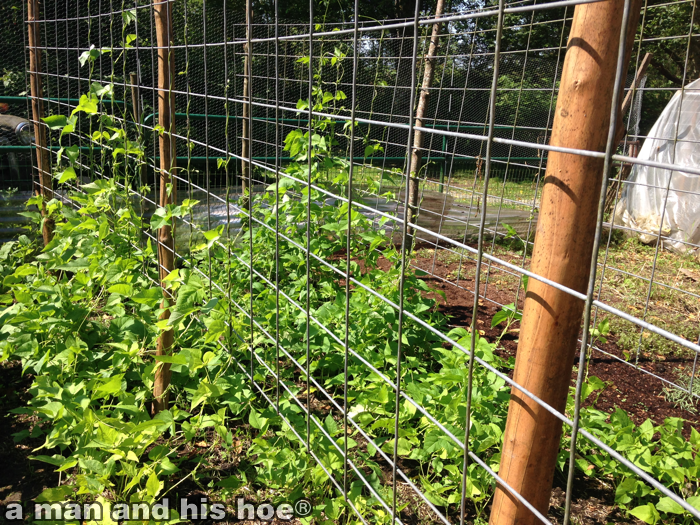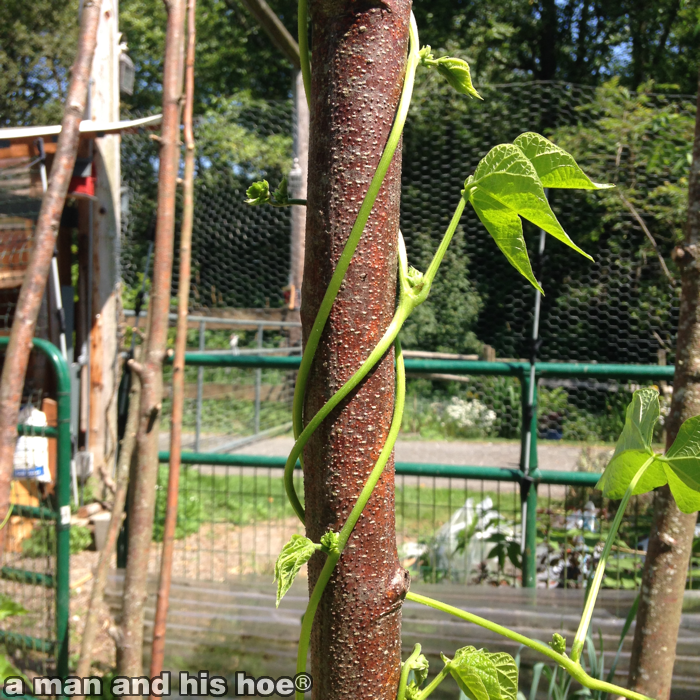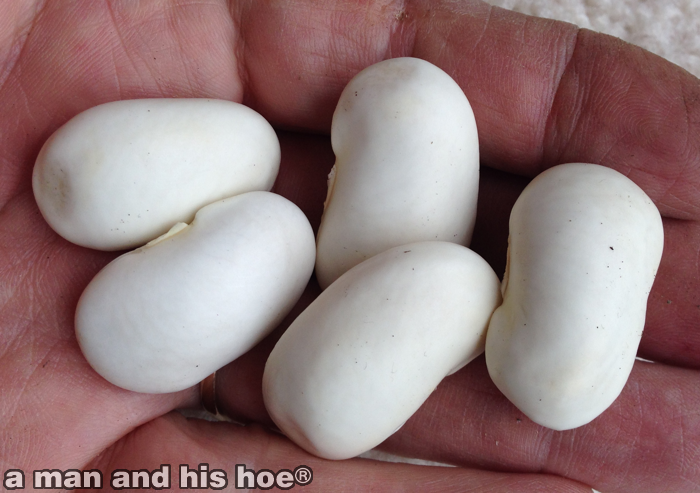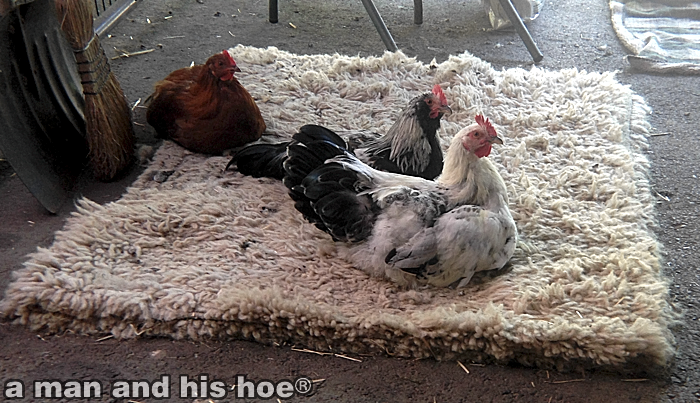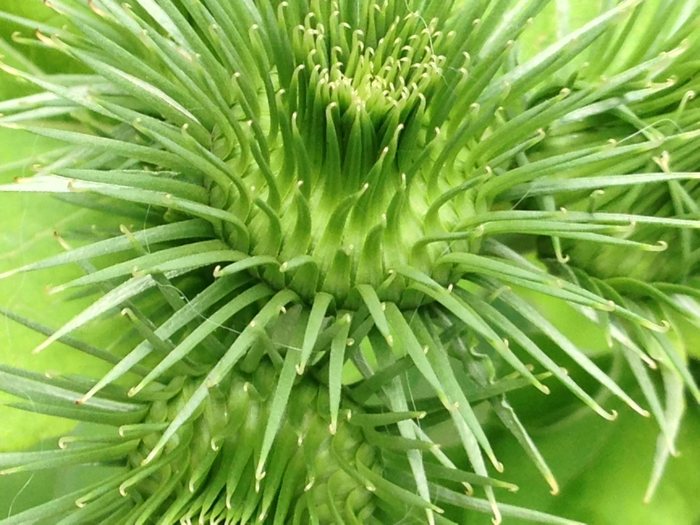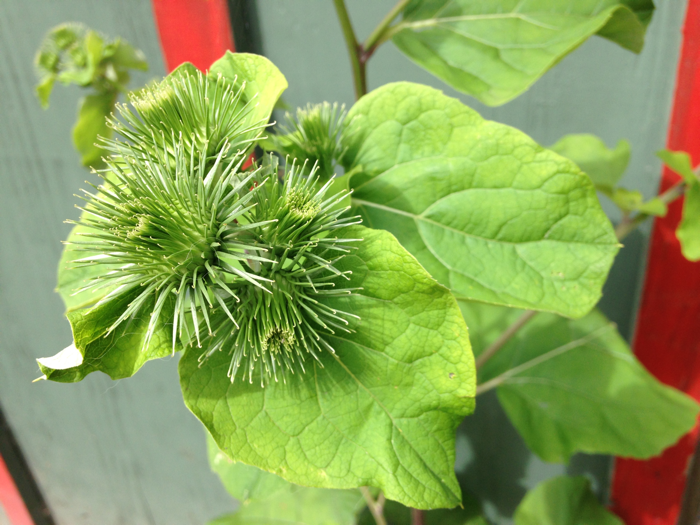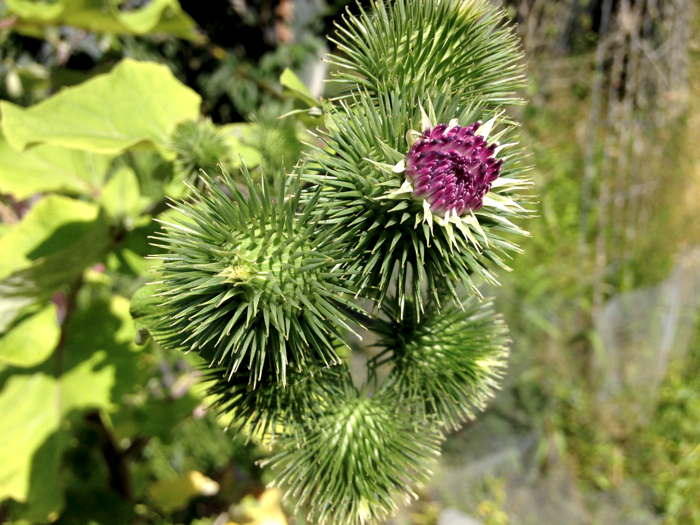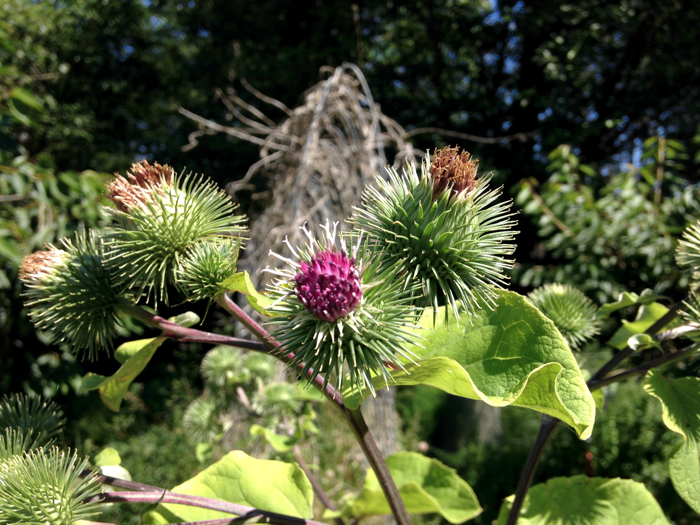Every few weeks another season draws to a close. Today is the end of Garlic Scape Season here. The season lasts from mid June to mid July. The year is packed with many seasons, some short, some long.
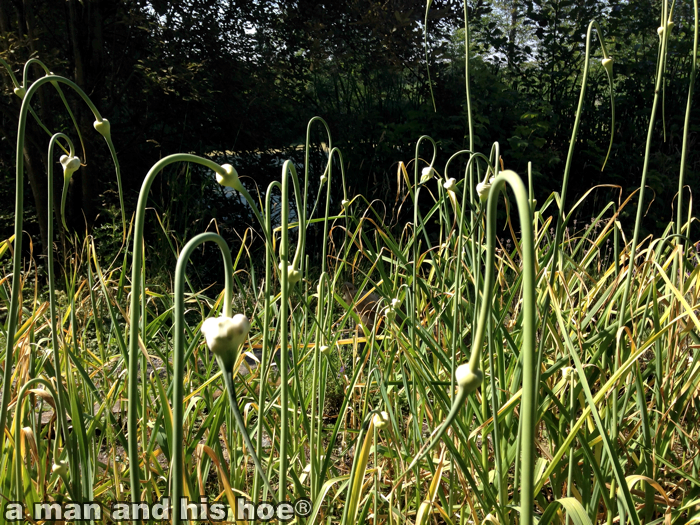
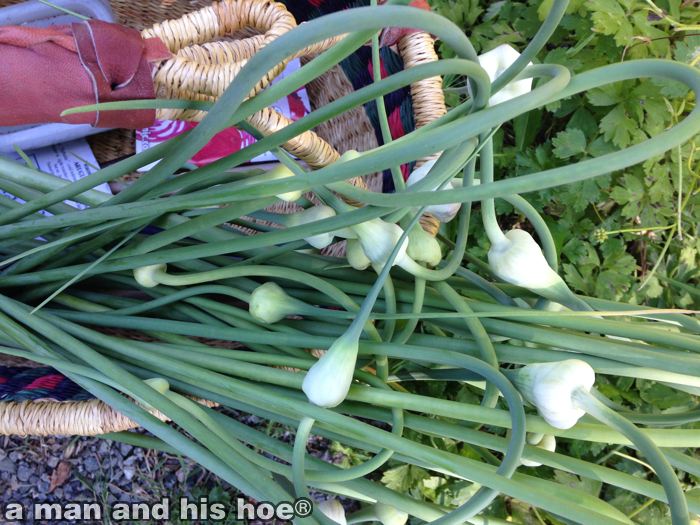
At the tail end of the season, the garlic flower bulbs are full. Finely chopped or crushed, they provide a nice garlic kick to dishes. I left some scapes to flower. The flower bulbs develop into clusters of tiny garlic bulbs which you can plant. It’s one way to propagate garlic. They tiny bulbs won’t grow into full-sized garlic the first year, but by the second year, you can harvest a nice crop.
There are still some tender parts left on the stems, though probably half of them are now too woody to eat. But something will eat them when they are tossed into the compost.

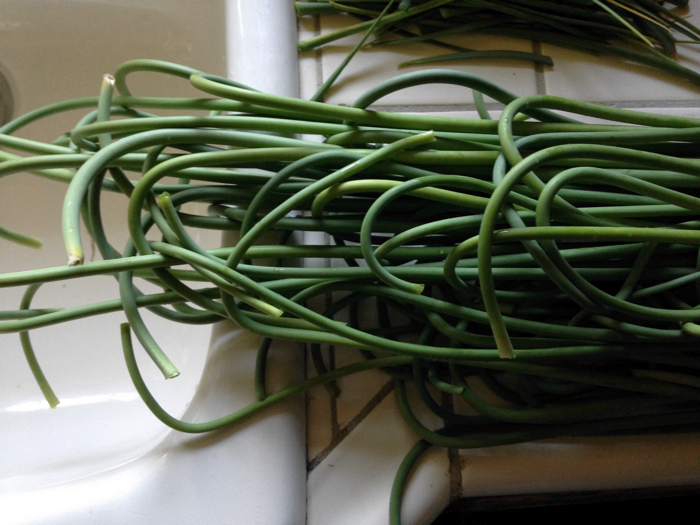
What I’ve learned from growing produce is that many of the best foods never make it onto the shelves of grocery stores. The grocers want finished produce, not all the transitory parts that you can enjoy while the plant grows. To truly enjoy the gamut of what vegetables really are, you need to have a patch of dirt and grow them, or be friends with someone who does. We miss a lot of what nature has to offer when we distance ourselves from the process of growing produce and leave it to the supermarket to supply us with it. Some things, money just can’t buy.
